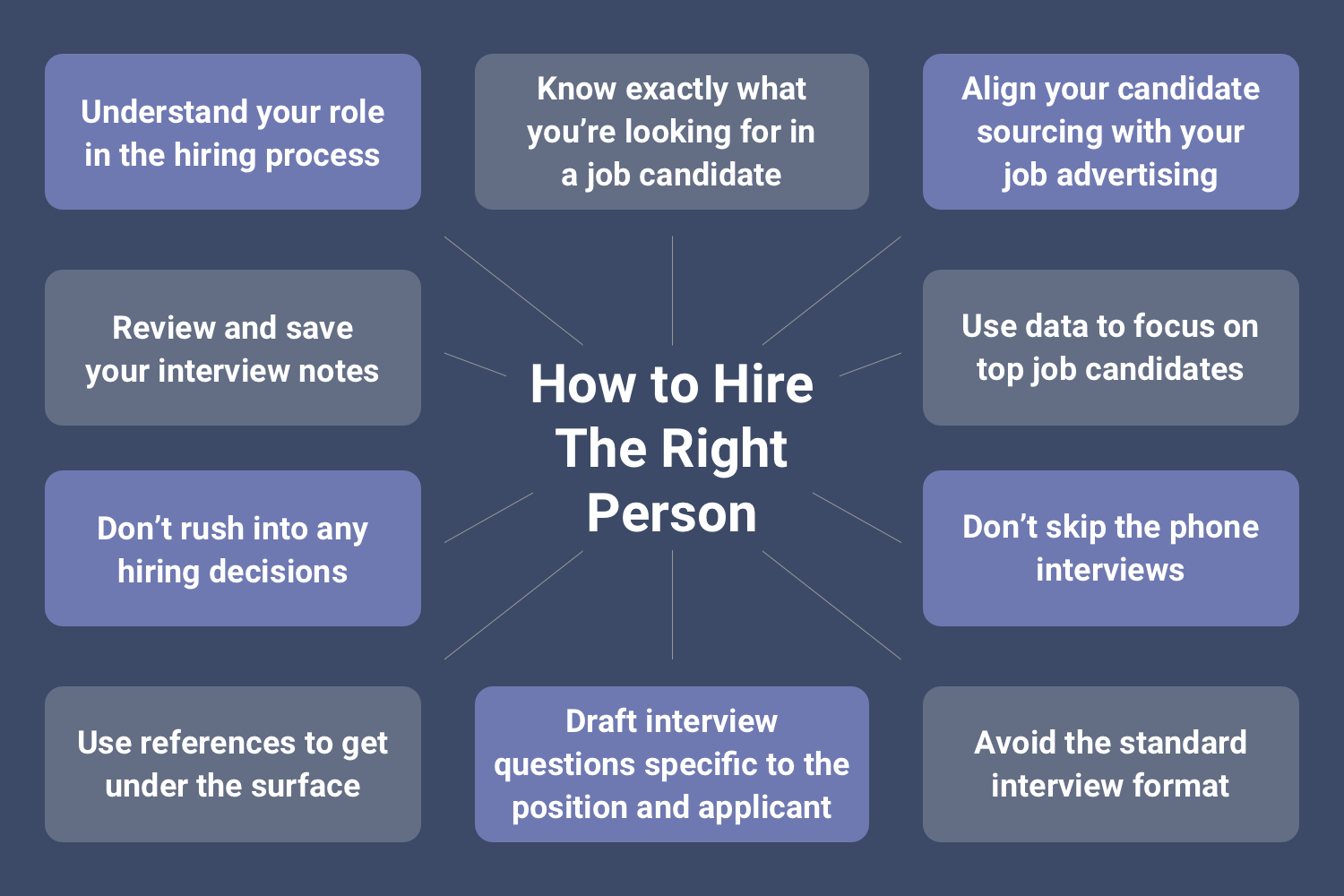
Hiring the Right Employees: A Step-by-Step Guide to Building Your Dream Team
Hiring new employees is one of the most critical tasks any business owner or manager undertakes. It’s not just about filling an empty seat; it’s about finding the right person who will contribute to your company’s success, fit your culture, and help you achieve your goals. A bad hire can be incredibly costly, leading to lost productivity, wasted training time, and even a negative impact on team morale.
But don’t worry! This comprehensive, step-by-step guide will walk you through the entire hiring process, making it easy for even beginners to understand and implement. By following these proven strategies, you’ll significantly increase your chances of finding and securing the best talent for your team.
Why Hiring Right Matters So Much
Before we dive into the "how," let’s quickly touch on the "why." Hiring the right employees means:
- Increased Productivity: Talented and motivated individuals get more done.
- Stronger Company Culture: Employees who fit well enhance the workplace environment.
- Reduced Turnover: Good hires are more likely to stay, saving you time and money on constant recruitment.
- Innovation and Growth: Fresh perspectives and skills can drive your business forward.
- Cost Savings: Avoiding bad hires prevents expenses related to re-recruiting, re-training, and potential severance.
Now, let’s get started on your journey to building an exceptional team!
Step 1: Define Your Needs – The Job Analysis
Before you even think about writing a job ad, you need to clearly understand what you need. This might seem obvious, but many businesses skip this crucial first step, leading to vague job descriptions and attracting the wrong candidates.
How to do it:
- Identify the Problem/Opportunity: Why are you hiring? Is a position vacant? Are you expanding? Is there a new project requiring specific skills?
- List Key Responsibilities: What will this person actually do day-to-day, week-to-week? Be specific.
- Example: Instead of "handles customer calls," write "responds to customer inquiries via phone and email, resolving issues efficiently and documenting interactions in CRM."
- Determine Required Skills and Experience:
- Hard Skills: Measurable abilities (e.g., proficiency in Excel, coding in Python, fluency in Spanish, using specific software).
- Soft Skills: Personality traits and interpersonal abilities (e.g., communication, problem-solving, teamwork, adaptability, leadership).
- Experience Level: Entry-level, mid-career, senior, management? How many years of relevant experience are truly necessary?
- Consider Cultural Fit: What kind of personality thrives in your current team? Do you need someone independent, collaborative, detail-oriented, creative? While skills are crucial, cultural fit often determines long-term success.
Step 2: Craft a Compelling Job Description
Once you know exactly what you’re looking for, it’s time to write a job description that attracts the right candidates and discourages the wrong ones. Think of it as your first marketing tool for the role.
Key elements of a great job description:
- Clear and Engaging Job Make it specific and searchable (e.g., "Marketing Coordinator" instead of "Marketing Guru").
- Company Overview (Brief): A short paragraph about what your company does, its mission, and its values. Why would someone want to work here?
- Job Summary/Overview: A concise 2-3 sentence summary of the role’s purpose and how it contributes to the company.
- Key Responsibilities: Use bullet points. Start each point with an action verb. Be specific about daily tasks and larger projects.
- Qualifications/Requirements:
- Required: Non-negotiable skills, experience, and education (e.g., "Bachelor’s degree in X," "3+ years experience in Y").
- Preferred (Optional): "Nice-to-have" skills that would make a candidate stand out but aren’t strictly necessary.
- Benefits & Perks: List what you offer (e.g., health insurance, paid time off, 401k, flexible hours, professional development, free snacks). This is a huge selling point.
- Call to Action: Tell candidates exactly how to apply (e.g., "Apply through our website," "Send resume and cover letter to…").
Tips for writing:
- Use clear, concise language. Avoid jargon.
- Be realistic. Don’t list 20 "must-have" skills for an entry-level role.
- Highlight your company culture.
- Proofread carefully!
Step 3: Determine Compensation and Benefits
Before you advertise, you need to know what you’re willing and able to pay. This includes not just salary but also other benefits that make up the total compensation package.
Considerations:
- Market Rate: Research what similar roles in your industry and geographic area are paying. Websites like Glassdoor, LinkedIn Salary, and Payscale can be helpful.
- Your Budget: What can your company realistically afford?
- Internal Equity: How does this salary compare to what your existing employees in similar roles earn?
- Benefits: Health insurance, dental, vision, paid time off (PTO), sick leave, retirement plans (401k), life insurance, disability.
- Perks: Flexible hours, remote work options, professional development budget, tuition reimbursement, gym memberships, free food/coffee, employee discounts. These can make your offer more attractive even if the base salary isn’t the absolute highest.
Decision: Decide on a salary range rather than a single number. This gives you room for negotiation based on the candidate’s experience.
Step 4: Where to Find Your Stars – Recruitment Channels
Now that you know what you’re looking for and what you’ll offer, it’s time to cast your net. There are many places to find potential candidates.
Popular Recruitment Channels:
- Online Job Boards:
- General: Indeed, LinkedIn Jobs, ZipRecruiter, Glassdoor. These reach a wide audience.
- Niche: Industry-specific job boards (e.g., Dice for tech, Krop for design).
- Your Company Website/Careers Page: Always post jobs here first. It shows professionalism and is often the first place truly interested candidates look.
- Social Media:
- LinkedIn: Excellent for professional roles. Share on your company page and encourage employees to share.
- Facebook/Instagram: Can be good for local roles or those appealing to specific demographics.
- Twitter: Quick announcements and links to your job page.
- Employee Referrals: Encourage your current employees to refer people they know. They often know great candidates who would be a good cultural fit. Offer a referral bonus!
- Networking Events & Industry Associations: Attend conferences, trade shows, or local business meetups. You might meet passive candidates (those not actively looking but open to new opportunities).
- Colleges/Universities: For entry-level positions, internships, or specific skills, connect with career services departments.
- Recruitment Agencies/Headhunters: If you’re struggling to find specialized talent or are short on time, these agencies can do the legwork for you (at a cost).
- Walk-ins/Local Advertising: For retail, food service, or local businesses, a "Help Wanted" sign or local newspaper ad can still be effective.
Tip: Don’t just post and forget. Actively engage with candidates where they are.
Step 5: Screening Applications – The First Cut
Once applications start rolling in, it’s time to sort through them to find the most promising candidates. This is about efficiency – quickly identifying who meets the basic requirements and who doesn’t.
Process:
- Review Resumes & Cover Letters:
- Keywords: Look for keywords from your job description.
- Basic Requirements: Do they have the required experience, education, and skills?
- Red Flags: Gaps in employment, frequent job hopping, typos, generic cover letters.
- Customization: Did they tailor their application to your job?
- Applicant Tracking Systems (ATS): If you get a high volume of applications, an ATS (software that helps manage job applications) can filter candidates based on keywords and criteria you set.
- Create a "Yes," "No," and "Maybe" Pile: Be disciplined. If someone clearly doesn’t meet the minimum requirements, move on.
- Prioritize: Focus on the "Yes" pile first for deeper review.
Goal: Narrow down your list to a manageable number (e.g., 5-10 candidates) for initial interviews.
Step 6: The Interview Process – Getting to Know Them
Interviews are your chance to assess skills, experience, and cultural fit beyond what’s on paper. This should be a structured process, not just a casual chat.
Types of Interviews:
- Phone Screen/Video Call (15-30 minutes): A quick initial call to confirm basic qualifications, availability, salary expectations, and communication skills. It saves time for both parties.
- Hiring Manager Interview (30-60 minutes): A deeper dive into their experience, skills, and how they approach problems.
- Team/Panel Interview (45-90 minutes): Involve potential teammates or other managers. This helps assess cultural fit and allows different perspectives on the candidate.
- Technical/Skills Interview (if applicable): For roles requiring specific technical skills (e.g., developers, designers), this might involve coding challenges, portfolio reviews, or specific software tasks.
Types of Questions to Ask (and Why):
- Behavioral Questions: These explore past behavior to predict future performance. They often start with "Tell me about a time when…" or "Give me an example of…"
- Example: "Tell me about a time you faced a difficult challenge at work and how you overcame it."
- Why: Shows problem-solving, resilience, and specific actions.
- Situational Questions: These present a hypothetical scenario to see how they would react.
- Example: "If you had multiple urgent deadlines, how would you prioritize your tasks?"
- Why: Assesses judgment, planning, and critical thinking.
- Technical/Skill-Based Questions: Directly test their knowledge.
- Example: "Explain the difference between SEO and SEM."
- Why: Verifies claimed expertise.
- Culture Fit Questions: To see if their values align with yours.
- Example: "What kind of work environment do you thrive in?" or "What do you do when you disagree with a team member?"
- Why: Important for long-term retention and team harmony.
Tips for Interviewing:
- Prepare: Have a list of questions for consistency.
- Take Notes: You won’t remember everything. Note down key answers and your impressions.
- Listen Actively: Let the candidate speak.
- Ask Follow-Up Questions: "Can you elaborate on that?" or "What was the outcome?"
- Avoid Illegal Questions: Do not ask about age, race, religion, marital status, sexual orientation, disability, or nationality. Focus only on job-related qualifications.
- Be Professional and Courteous: Represent your company well.
- Allow Candidate Questions: This shows their engagement and helps them assess you too.
Step 7: Skills Assessments & Testing (Optional but Recommended)
For many roles, a well-designed assessment can provide objective data that interviews might miss.
Types of Assessments:
- Technical Skills Tests: Coding tests, writing samples, design challenges, data analysis exercises.
- Cognitive Ability Tests: Measure problem-solving, critical thinking, and learning speed.
- Personality Assessments: Can provide insights into work style, teamwork preferences, and communication. Use these cautiously and as one piece of the puzzle, not the sole determinant.
- Work Sample Tests: The most effective. Ask candidates to perform a task similar to what they’d do on the job (e.g., creating a sample marketing plan, writing a press release).
Benefits: They reduce bias, provide concrete evidence of skills, and help differentiate candidates who interview well but may lack practical skills.
Step 8: Reference Checks – Verifying Claims
Once you have a top candidate (or two), it’s time to check their references. This provides an external perspective on their work ethic, performance, and character.
How to do it:
- Get Permission: Always ask the candidate for permission to contact their references.
- Call Former Supervisors: These are often the most valuable references, as they can speak to work performance.
- Prepare Questions:
- "What was [Candidate’s Name]’s role and responsibilities?"
- "What were their strengths and areas for development?"
- "How did they handle [specific challenge relevant to your role]?"
- "Would you rehire them?" (And why/why not?)
- "Is there anything else I should know about their work?"
- Listen Carefully: Pay attention to what’s said and how it’s said. Look for consistency with what the candidate told you.
Step 9: Background Checks – Due Diligence
For many roles, especially those involving sensitive information, finances, or public interaction, a background check is a crucial final step.
What they typically include:
- Criminal History: Felony and misdemeanor convictions.
- Employment Verification: Confirming past job titles, dates of employment, and sometimes salary.
- Education Verification: Confirming degrees and certifications.
- Driving Records: If the job requires driving.
- Credit Checks: For roles involving financial responsibility (with candidate’s consent and legal compliance).
Important Legal Note: Always ensure you comply with all local, state, and federal laws regarding background checks, including obtaining proper consent from the candidate and following adverse action procedures if you decide not to hire based on the results.
Step 10: Making the Offer & Onboarding – The Grand Welcome
You’ve found your ideal candidate! Now it’s time to extend the offer and ensure they have a smooth transition into your company.
Making the Offer:
- Verbal Offer: Start with a phone call to extend the offer, discuss salary, benefits, and start date. Be ready to answer questions.
- Written Offer Letter: Follow up immediately with a formal letter detailing:
- Job Title
- Start Date
- Salary and Pay Schedule
- Benefits (health, PTO, 401k, etc.)
- Reporting Structure
- Any Contingencies (e.g., successful background check)
- "At-will" employment statement (if applicable)
- Deadline for acceptance
- Negotiation: Be prepared for some negotiation on salary or benefits. Have a clear idea of your limits.
Onboarding (More Than Just Paperwork):
Onboarding is the process of integrating a new employee into your company and its culture. It starts before their first day and can last for several months. Effective onboarding is crucial for retention and productivity.
- Before Day 1:
- Send a welcome email.
- Complete necessary paperwork (W-4, I-9, etc.) digitally if possible.
- Prepare their workspace (computer, phone, login credentials, supplies).
- Inform the team about the new hire.
- First Day/Week:
- Warm welcome (manager and team).
- Office tour, introductions.
- Review company policies, mission, values.
- Set up necessary accounts and access.
- Assign a "buddy" or mentor.
- Begin initial training on tools and processes.
- Set clear initial goals and expectations.
- First 30/60/90 Days:
- Regular check-ins with their manager.
- Provide ongoing training and feedback.
- Introduce them to key stakeholders.
- Encourage participation in team activities.
- Conduct a 30-day review to discuss progress and address any issues.
Beyond Hiring: Nurturing Your New Talent
Hiring the right employee is just the beginning. To keep them engaged and productive, you need to continue investing in them:
- Regular Feedback: Provide constructive criticism and praise.
- Performance Reviews: Formal assessments of their work.
- Professional Development: Offer opportunities for learning and growth.
- Recognition: Acknowledge and reward good work.
- Positive Culture: Maintain a supportive, respectful, and inclusive work environment.
Conclusion: Invest in Your People, Invest in Your Future
Hiring the right employees is arguably the most impactful decision you can make for your business. It’s a structured process that requires planning, patience, and attention to detail, but the rewards are immense. By following this step-by-step guide, you’ll be well-equipped to attract, select, and onboard top talent, building a team that drives your company forward.
Remember, your employees are your greatest asset. Invest the time and effort into finding the right ones, and watch your business thrive.
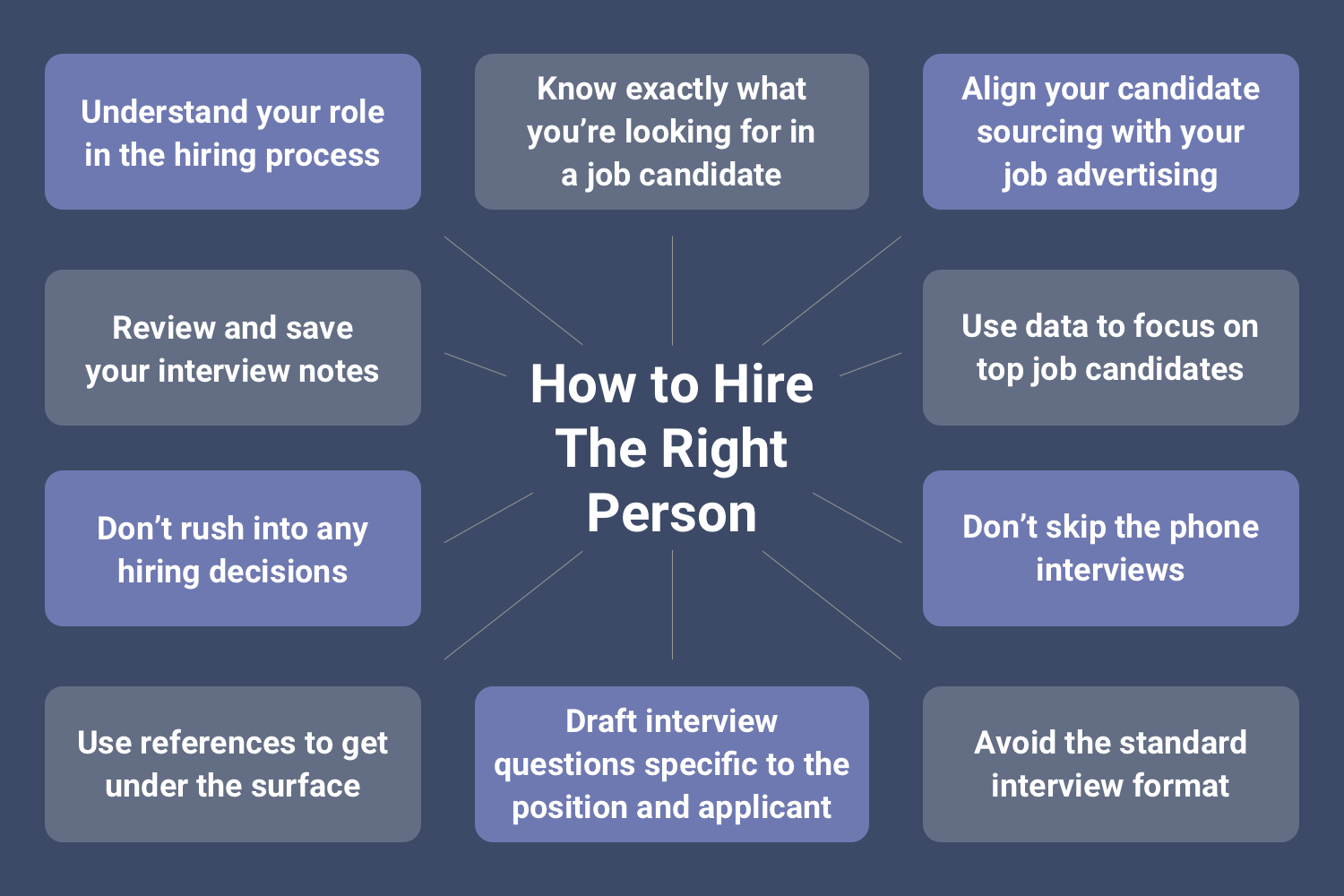
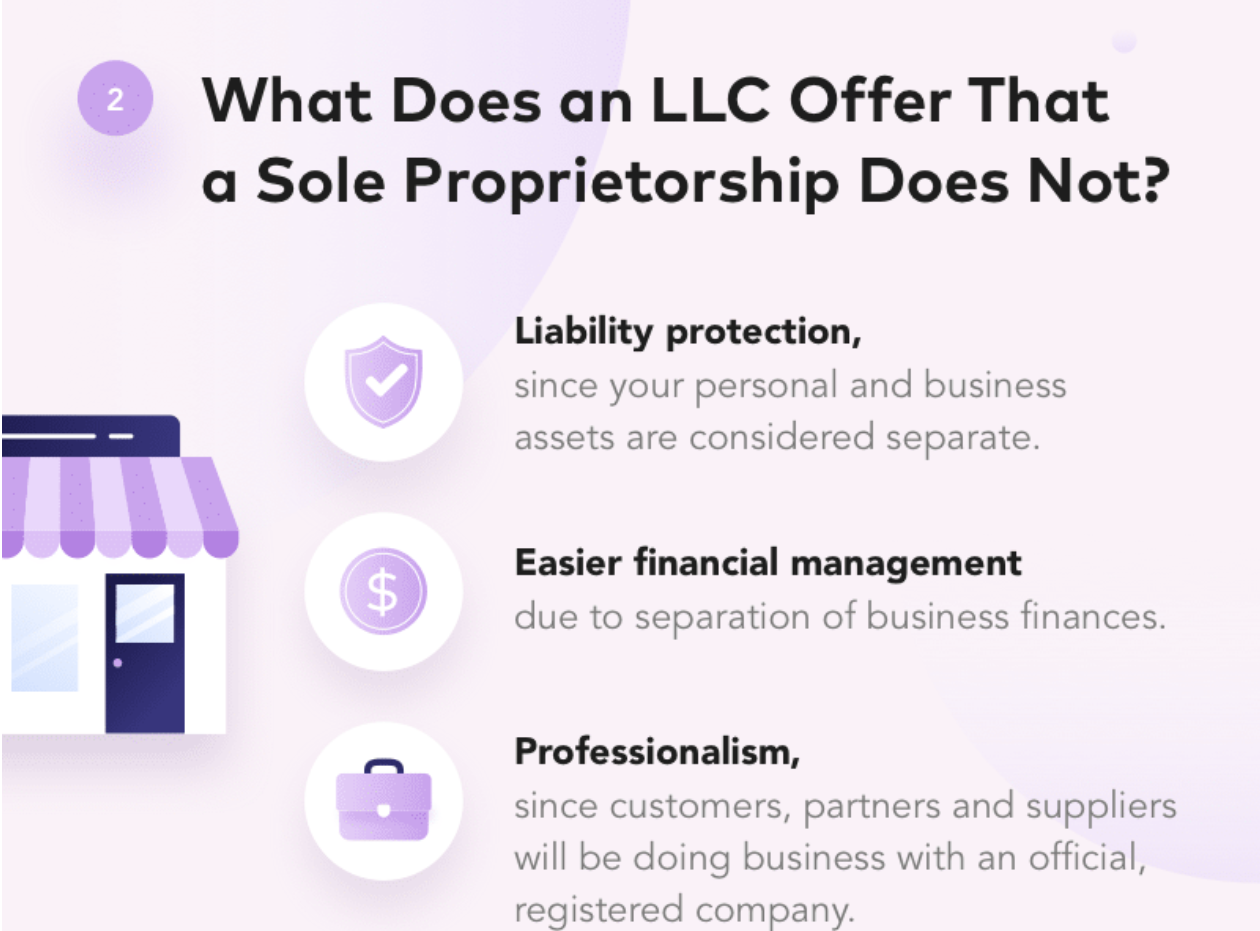
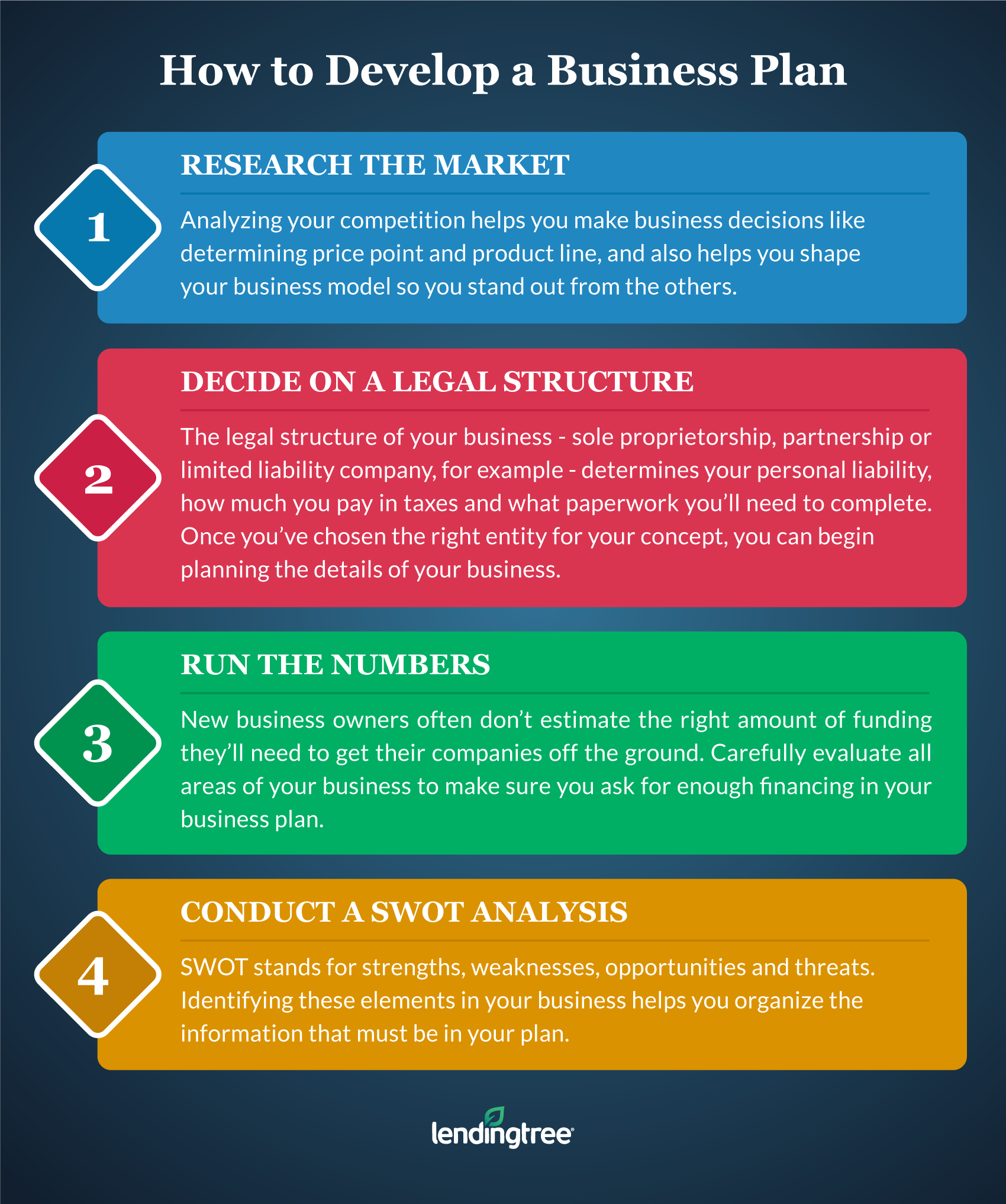
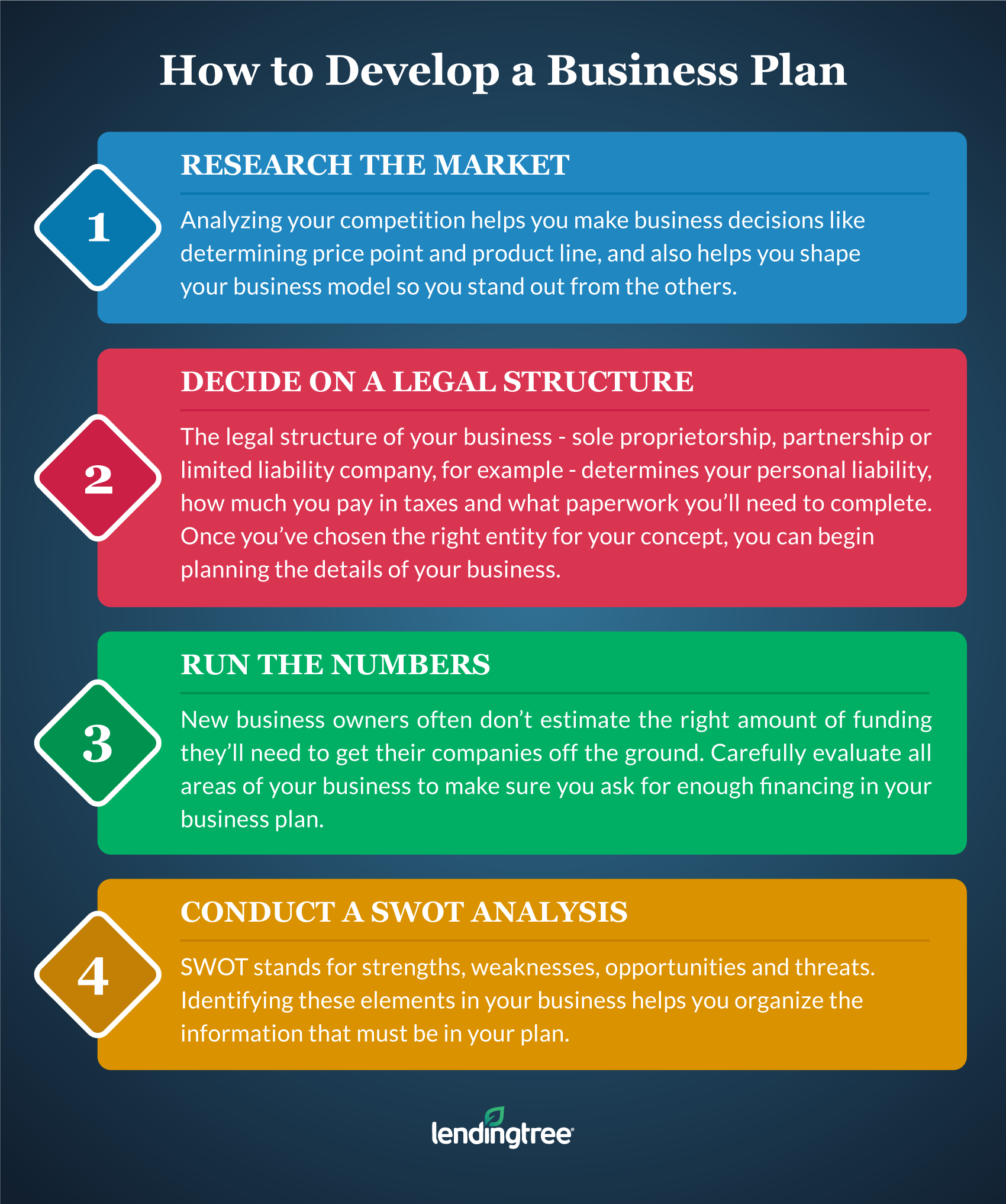
Post Comment